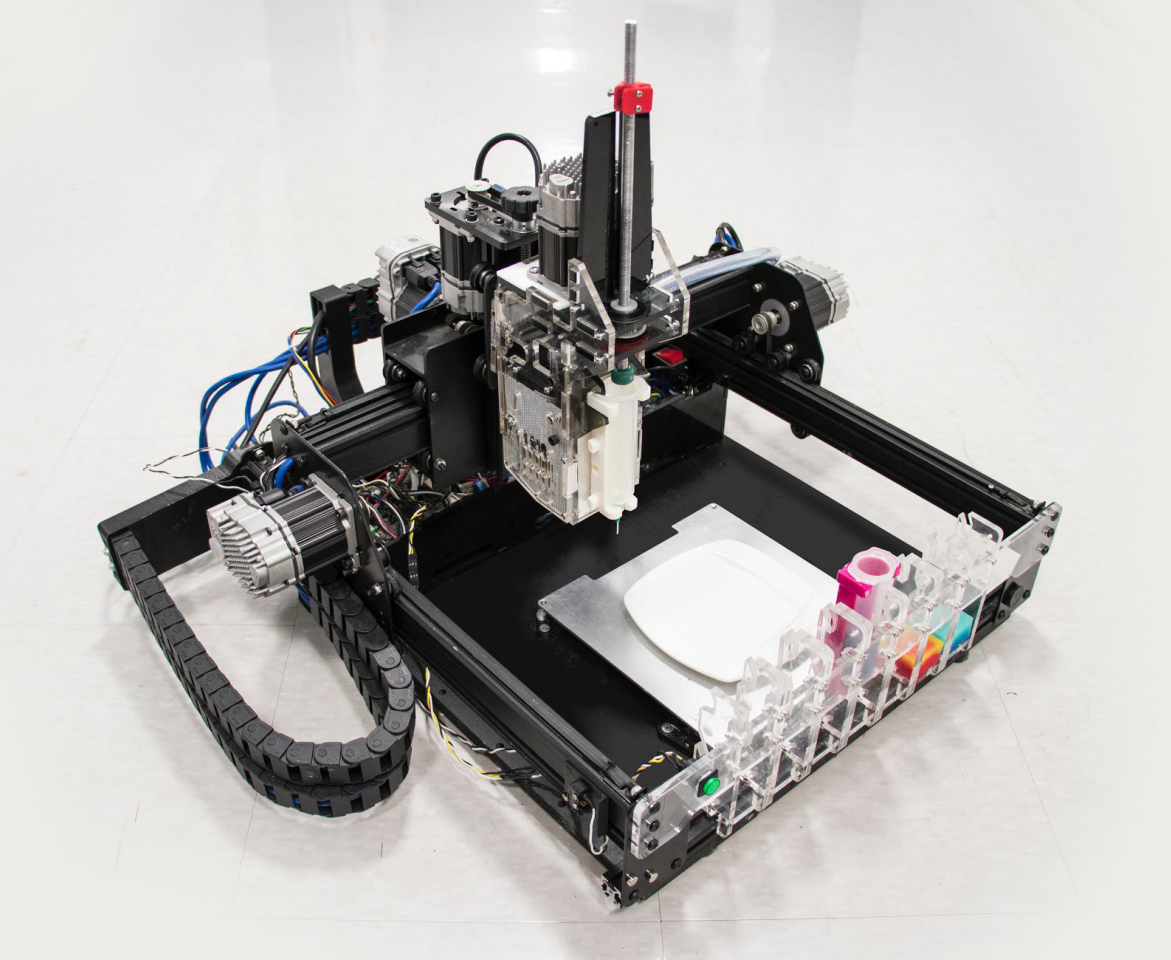Food printing technology has been around for over 15 years, but until now has been limited to a small number of raw ingredients
One 3D printing system that can manufacture cheesecake of edible food inks, with ingredients such as peanut butter and strawberry jam, is featured as a demonstration of a digital culinary approach in the journal Science of Food.
3D food printing is currently in its infancy but could grow in popularity due to its customizability, convenience and other benefits. Food printing technology has been around for over 15 years, but until now has been limited to a small number of raw ingredients. For this publication, the researchers got around this limitation by printing a seven-ingredient dish that is cooked in situ using a laser.
To demonstrate the potential of 3D food printing, Jonathan Blattinger of Columbia University and his colleagues tried to print various cheesecake designs, consisting of seven basic ingredients: crackers, peanut butter, chocolate spread, banana puree, strawberry jam, cherry juice and ice cream. They found that the most successful design followed similar principles to building architecture and involved using crackers as the base ingredient for each layer of the cake, while peanut butter and chocolate spread were used as supporting layers to hold the softer ingredients together.
The authors suggest that laser cooking and 3D food printing may allow chefs to detect flavors and textures at the millimeter scale to create new food experiences. These techniques may present nutritious, convenient, and economical cooking opportunities, as they use targeted high-energy light for tailored, high-resolution heating. In addition, they note that post-Covid-19 pandemic there is a greater emphasis on food safety, and those foods prepared with less human handling may reduce the risk of disease transmission.
As Mr. Blattinger notes, “by placing greater emphasis on food safety in the wake of the Covid-19 pandemic, food prepared with less human handling could reduce the risk of food-borne illness and transmission of other diseases. This seems like a win-win for all of us.”
However, Professor Kristen Cooper, from Pace University, a co-author of the paper, says that “we have a huge problem with the low nutritional value of processed foods. 3D food printing will still yield processed foods, but perhaps the investment will be, for some people, better control and personalization of nutrition. It may also be useful in making food more appealing to people with swallowing disorders by mimicking the shapes of real foods with the pureed foods these patients need – and there are millions in the US alone.” Also, people with other dietary restrictions could find these personalized techniques very helpful and convenient in meal planning. And as targeted high-energy light is used for cooking, it could make the cooking process more economical and sustainable.
Source: Skai
I have worked as a journalist for over 10 years, and my work has been featured on many different news websites. I am also an author, and my work has been published in several books. I specialize in opinion writing, and I often write about current events and controversial topics. I am a very well-rounded writer, and I have a lot of experience in different areas of journalism. I am a very hard worker, and I am always willing to put in the extra effort to get the job done.











